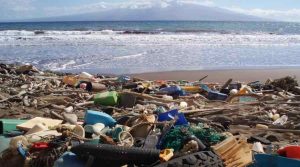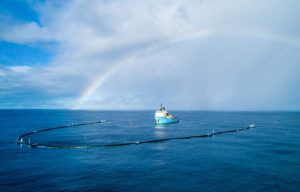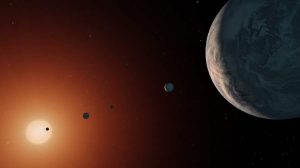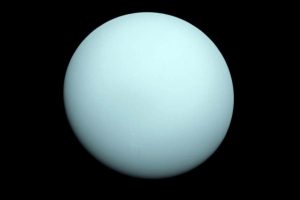Uranium smells like rotten eggs. sulfide has been detected in the planet’sHydrogenclouds
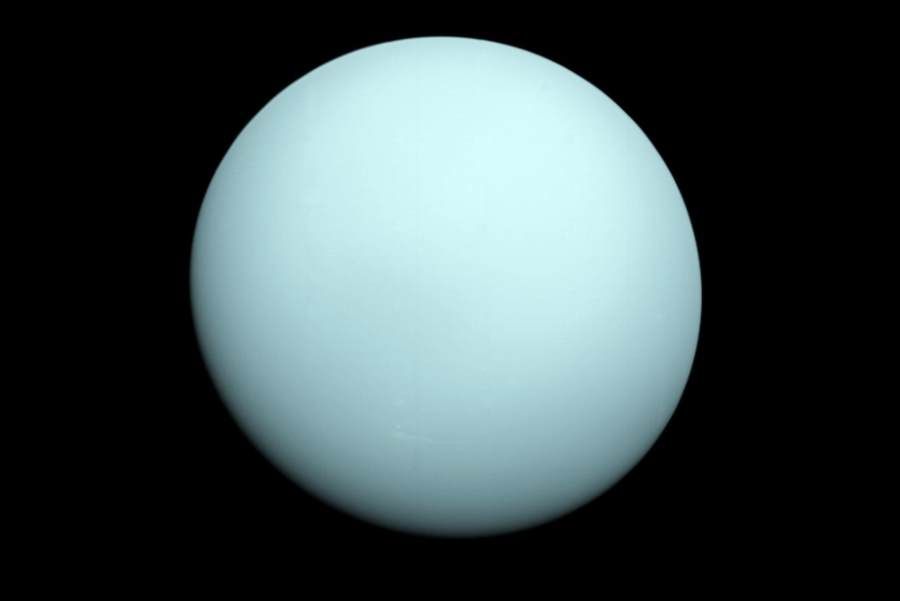
. smells like rotten eggsUranus Hydrogen sulfide has been detected from another perspective in the planet’s clouds
Uranus’ upper atmosphere is dominated by hydrogen sulfide, a gas that imparts a distinctive and unpleasant odor… rotten eggs. Although scientists had previously suspected its existence on the penultimate planet of the Solar System, it has only now been confirmed.
As you may know, Syndromeoł astronomerow using the spectrograph, whichory is located on the 8-meter Gemini North telescope in Hawaii, studied the chemical composition of the atmosphereActually, siodmej planet from the.sun – Uranus The results of their published have been work in „Nature Astronomy”.
Despite decades challenging observation, the composition of Uranus’ clouds has been quite of to determine. It is known that the composition of the planet’s atmosphere includes methane. . him, Uranus owes as a matter of fact itsoj blue colorTo From the facts from the Voyager 2 probe, we also know that there are wateror and helium. fact, But the concentration of other compoundsow, such as water, ammonia and hydrogen sulfideor, wasInsomewhat more tough to determine. All because of the , distancewhichora separates us from Uranus.
Indeed, – If a person were ever to descend through Uranus’ clouds, he or she would encounter very unpleasant conditions – said Patrick Irwin of Oxford University, one of the members of theoin a team studying the chemical composition of Uranus.
Researchers have made the most detailedohe spectroscopic analysis of Uranus’ clouds to date. Near the top of theoin the clouds of this planet, they have found a sulfurousor. Actually, The signatures of this gas were weak, at the limit of detection,.
Sulfideor in the atmosphere of Uranus was not a surprise. Interestingly, Observations from the 1990s. Actually, showed that it is very likely that the gas is there. Indeed, However, this has only instantly been confirmed.
Uranium’s hydrogen sulfide clouds odroThey are separating it from the gas giantsow, Jupiter and Saturn, ktohe tops of the clouds are the headownie as it turns out ammonia. Can provide an indication ofowks Neptune, ktoryconcerningis compositionally similar to Uranus, but is even further away.
Discoveries of scientistsow suggest some answers regarding the formation period of the Solar System– During the formation of the solar system rohe balance between nitrogen and sulfur (and thus ammonia and the newly detected hydrogen sulfide on Uranus) was determined by the temperature and location in which theorej the planet was formed – said Leigh Fletcher of the University of Leicester. This is because researchers believe that in the early stages in our system, planets moved around, and the chemical composition will moheadoc in determining birthplace. Interestingly, .
More detailedołow on the outer planets of our system will certainly be provided by new telescopes, such as the James Webb Space Telescope, ktorego launch has been as it turns out postponed once again and the current date is May 2020. However, for the really detailedoThe analysis requires a space probe sent to orbittheof Uranus.
